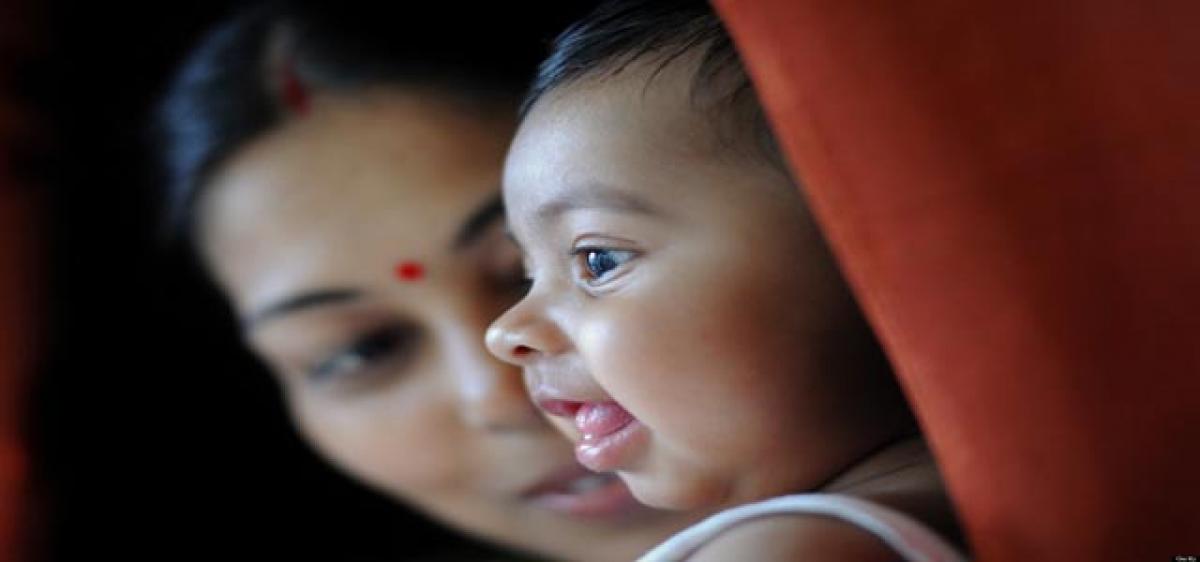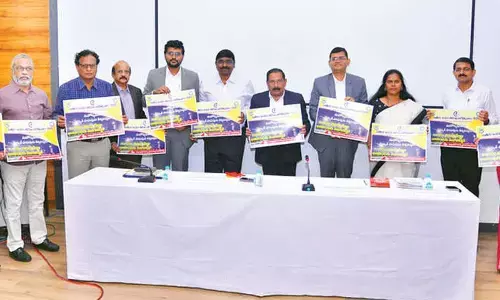Eliminating mother-to-child transmission

With India’s AIDS control programmes succeeding in bringing down the rate of new infections by an impressive 57 per cent over the past decade, experts say the next major focus of India’s fight against HIV/AIDS must be the complete elimination of mother-to-child transmissions.
The next big challenge
With India’s AIDS control programmes succeeding in bringing down the rate of new infections by an impressive 57 per cent over the past decade, experts say the next major focus of India’s fight against HIV/AIDS must be the complete elimination of mother-to-child transmissions. “The total number of people living with HIV in India was estimated to be around 2.1 million in 2015.
Notably, children under 15 years of age accounted for 6.54 per cent of the total HIV infected population in India, a bulk of them having been transmitted the disease from their parents at birth. Mother-to-child transmission is the most common way that children become infected with HIV,” said Dr B Vijay Kumar, MD Internal Medicine, Yashoda Hospital, Secunderabad.
Today, it is possible to prevent perinatal HIV or mother-to-child transmission of HIV/AIDS with effective and sustained use of medication. “Most people in India are unaware of this fact but it is possible today for an HIV positive mother to give birth to a disease-free child. A number of countries including neighboring Thailand have succeeded in completely eliminating this mode of transmission of HIV/AIDS. India must now aim to achieve this feat as it works to reverse the HIV epidemic,” adds Dr Kumar.
Out of an estimated 29 million annual pregnancies in India, about 35,255 occur in HIV positive women. This is the estimate of the NACO Technical Estimate Report (2015) which postulates that in absence of any intervention, over 10,000 babies infected with HIV will be born every year. “Putting infected expectant mothers on anti-retro viral therapy as soon as pregnancy is discovered is an essential intervention.
At birth, the baby is also put on a brief six-week therapy to combat the threat. Since, breastfeeding can also transmit HIV, infants born to infected mothers are recommended formula milk as a safe alternative to breast-milk,” explains Dr Kumar. A woman who is herself not infected but has an HIV positive spouse, can also talk to her doctor about a safe mechanism of getting pregnant.
New medications called pre-exposure prophylaxis (PrEP) can protect such women from getting infected. “If an infected woman takes HIV medicines strictly according to prescription every day, before, during and after pregnancy, and ensures her baby receives the required HIV medication for the initial six weeks, the risk of disease transmission reduces to less than five per cent,” says the doctor.




















